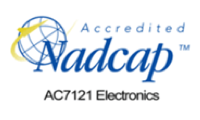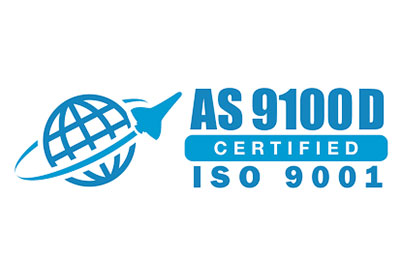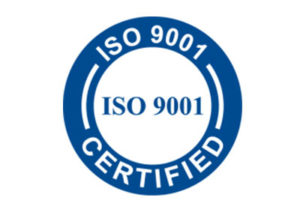Table of Content
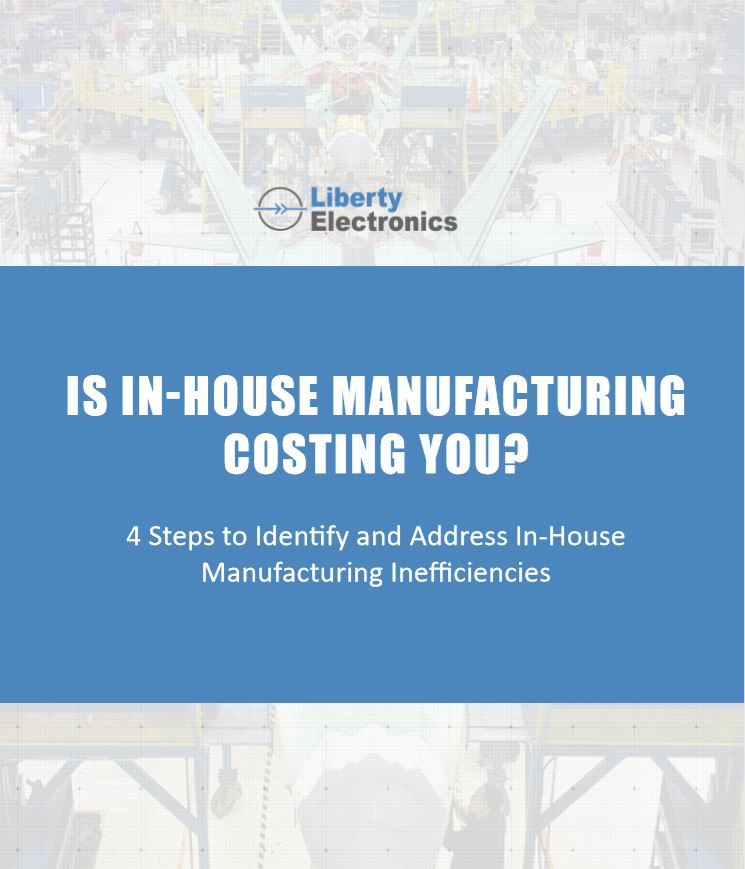

Cost Control Pain Points


Every operations and procurement professional seeks to reduce costs in his or her operation and supply chain while preserving product quality. Many times, they find themselves asking the following questions when evaluating their production process:
- Do we have the on-site machinery and skillsets to meet market-driven manufacturing standards and productivity requirements?
- Do we have sufficient economies of scale to produce at the required costs?
- Can we consistently produce our sub-level parts on time to support the assembly process?
- Are our subassemblies of the same quality as those of competitors and specialists?
To truly remain competitive, it’s important to evaluate each question carefully and take the appropriate action. It’s vital to see which processes improve your bottom line, and which you would be better off without. While in-house manufacturing can potentially allow you to preserve control over the production process, sometimes outsourcing will allow you to gain significant improvements in product efficacy and reductions in life cycle costs.
Is In-House Still the Answer?
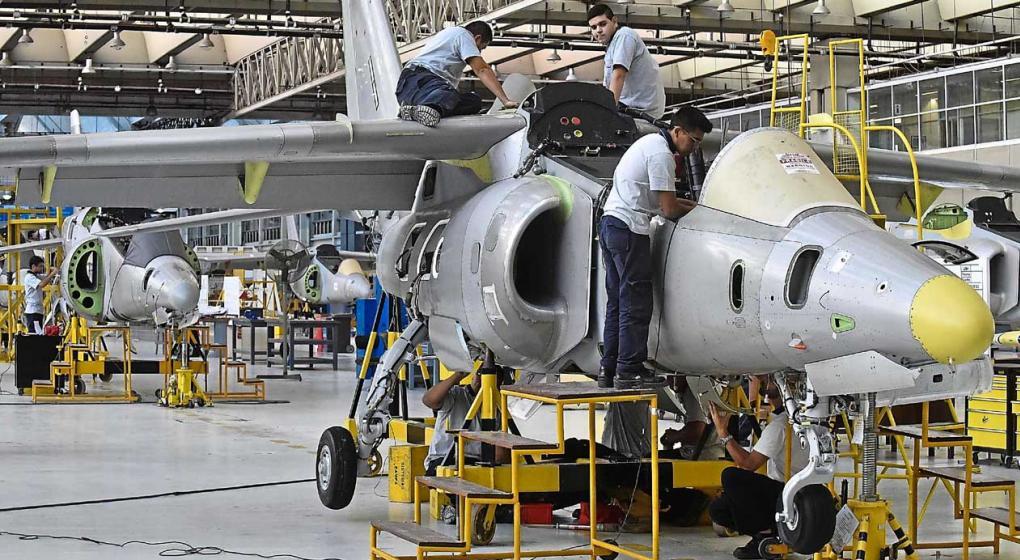

In-house manufacturing potentially provides some advantages to small and medium-sized manufacturers. In-house production allows the possibility of controlling all aspects of the production process, enabling on-site subassembly quality control. When done efficiently, in-house production also helps you to potentially achieve quicker turnaround times as there are no delays between assembly steps because assemblies don’t need to be transferred between facilities.
However, despite its theoretical advantages, pursuing a full in-house manufacturing plan may cause you to fall behind the competition. To determine when it’s appropriate to make the shift, consider:
- Do you struggle to meet production targets?
- Do standard orders or production targets regularly overwhelm your workforce or equipment capacity?
- Do you find yourself having to choose between production equipment upgrades and other investments?
- Are you able to perform effective R&D to manufacture this commodity competitively?
- Could you benefit from additional product R&D resources made possible by savings achieved by outsourcing?
- Can your budget accommodate hidden and unplanned costs associated with in-house manufacture?
- Could you benefit from freeing up additional capacity to meet the demands of your customers for your end products.
None of these questions should be an issue if you already have an effective in-house production strategy. However, if you find yourself facing any of these problems, it may perhaps be time to outsource some of your production processes.
With outsourcing, you can dedicate more resources to, and focus more intently on designing, integrating and testing your products while specialists perform sub-assembly manufacturing. Outsourcing also lowers your overhead and production costs. Most specialty manufacturers operate with multiple clients, allowing them to achieve economies of scale not possible for the OEM. Some also have very low overhead costs and have invested in state-of-the-art production machinery and processes that also help them achieve pricing that can be significantly less than your existing in-house production costs
Four Ways to Evaluate Outsourcing Options
1. Conduct internal research
Comprehensively evaluating your current procedures, costs, and output will help you determine whether a specialist could improve your processes. Accurately accounting for the raw materials, overhead, labor, and other costs associated with your processes, as well as the challenges of procuring these goods and services, will give you an idea of the strengths and weaknesses of your in-house production plan.
Pay special attention to both the costs associated with owning and maintaining your equipment, and the costs of buying and handling thousands of piece parts instead of a few assemblies, as these can crop up as hidden expenses that may surreptitiously drag your business behind.
2. Explore options, including outsourcing, based on internal research
The conclusions you draw from internal research will give you a better idea of which parts of your production process you can successfully outsource.
For example, many companies send projects that require significant labor resources and or state-of-the-art production machinery and processes to outside manufacturers to reduce the risk of delay or error. Comparing your internal research with research on, and quotes from specialty manufacturers will allow you to zero in on the most efficient process for your needs.
3. Identify what to keep in-house, what to eliminate, and what to outsource
You don’t need to outsource every step of your production process. Most manufacturers operate using a blend of in-house and outsourced production techniques that play to their in-house strengths while allowing specialists to focus on the more labor intensive or niche aspects of the production process. This ability allows each party to play to its strengths, letting you focus more on product design and integration while other companies handle specialized assembly processes.
4. Evaluate the supplier market to make a business case to outsource
Now that you’ve created a comprehensive outsourcing plan, all that remains is to research the existing market and determine the best suppliers for your needs. Suppliers of course should be able to manufacture high-quality products at affordable prices. More importantly, however, they should be willing to operate with integrity, demonstrating their transparency and commitment to your success.
The best suppliers will work with you for as long as it takes to achieve success. It’s important to establish a strong working relationship that will foster the teamwork necessary to delight your customers.
Ready to Get Started?
Pursuing a successful outsourcing plan will benefit your company’s bottom line and allow you to focus on your strengths as a business. Companies that effectively blend outsourcing and in-house production can focus on the finer points of their product while allowing experts to handle the rest.
Liberty Electronics has spent the last 30 years establishing its place as an indispensable source for electronic components for a wide range of industries. Our products have formed essential parts in cutting-edge aerospace and military/defense equipment, and we’ve proven ourselves to be invaluable partners for OEMs across the U.S.
We regularly publish the latest news and industry insights at our blog, Wired Success, covering topics ranging from single-source procurement to best practices in boxing and shipping. Contact us to learn more about how our wire harness and electrical cable assemblies will benefit your next project.
